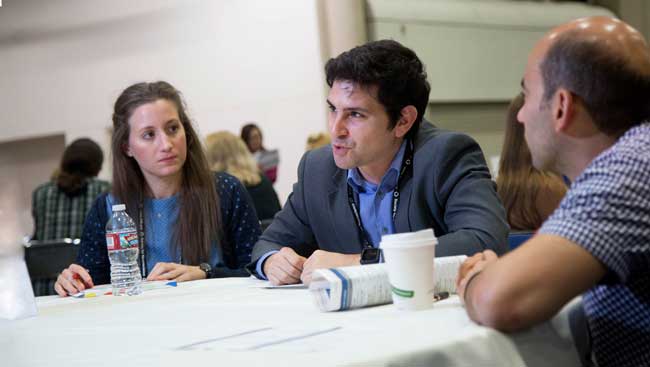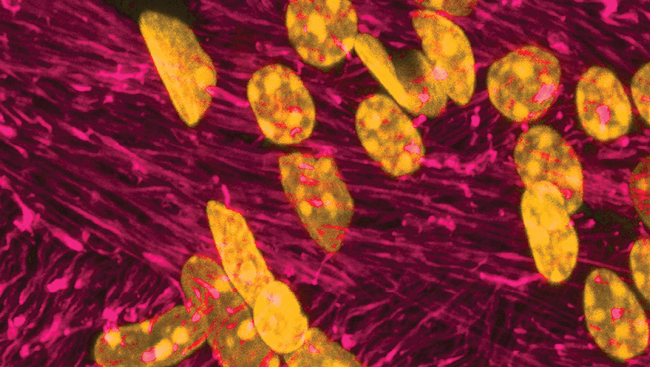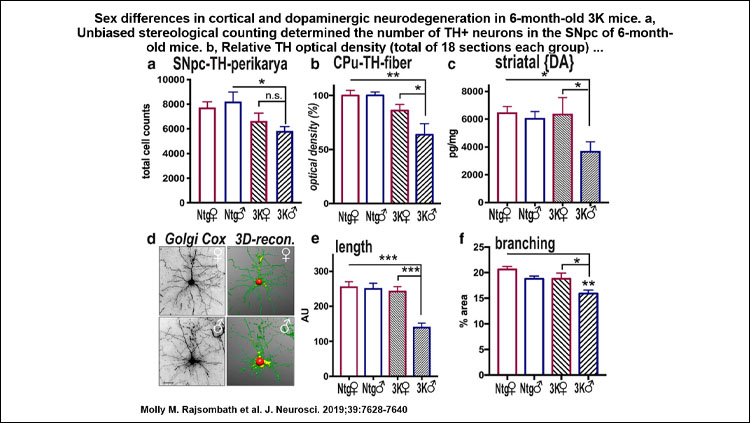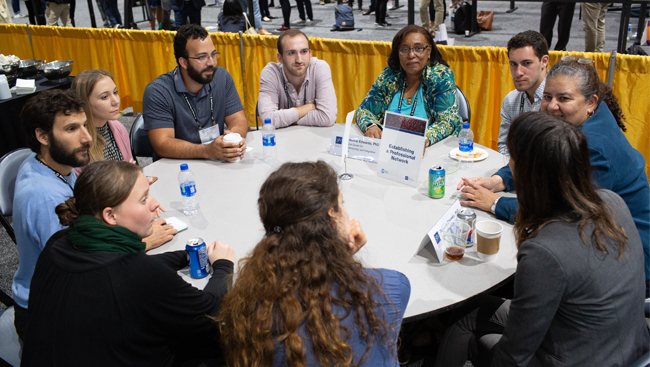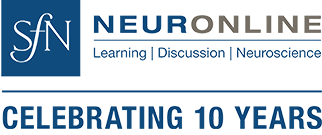Scientific Research
Stay apprised of findings from across the field with summaries of research published in SfN journals, and learn about rigor, responsible conduct of research, and other topics important to the scientific community.
Filter
Refine by
192 - 204 of 612
-
Jan 22, 2020
-
August 26, 2020 11:00 AM - 12:00 PM EDT
-
July 29, 2020 11:00 AM - 12:00 PM EDT
Neuronline's vast collection of professional development and training resources offers guidance for people at all career stages with diverse interests and responsibilities.

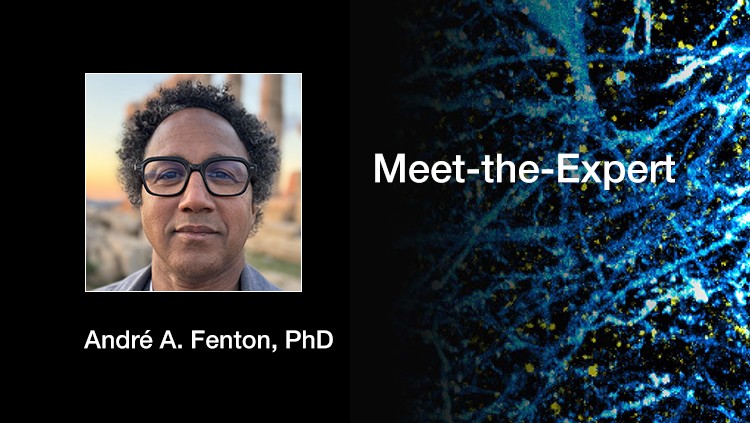

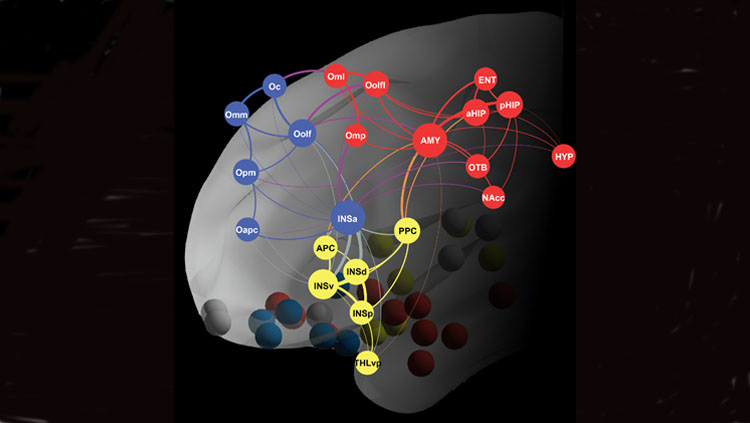
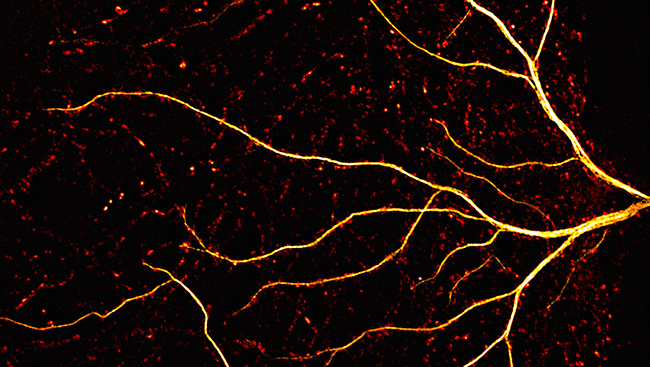
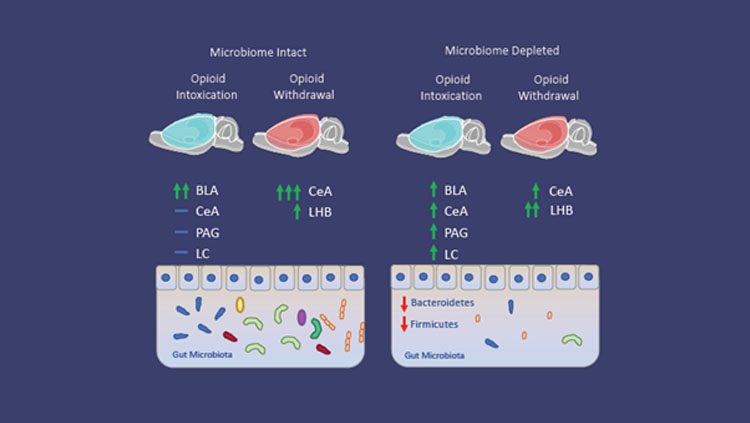
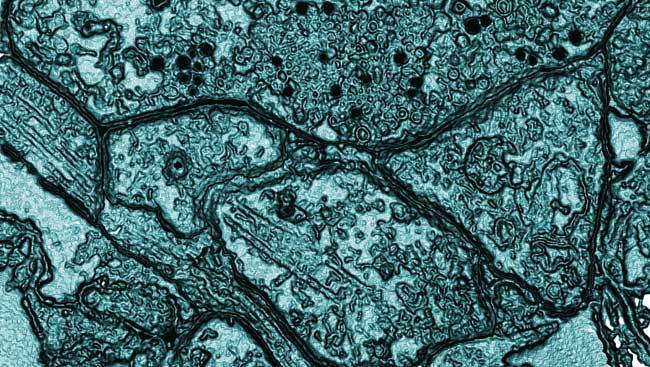
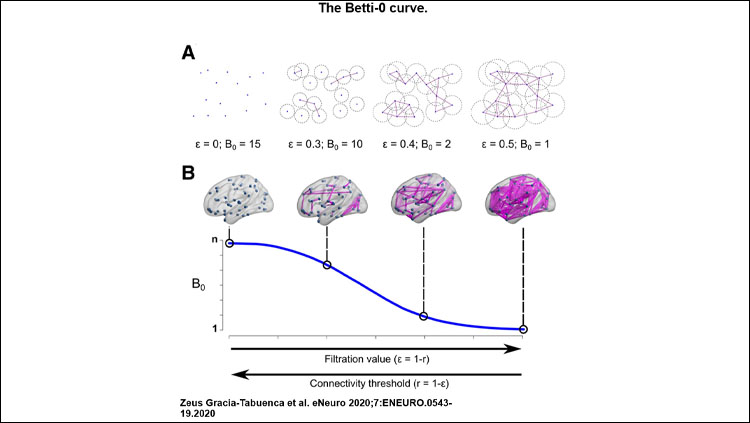
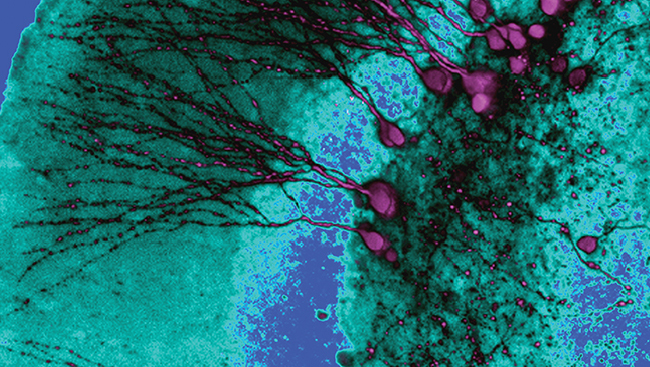
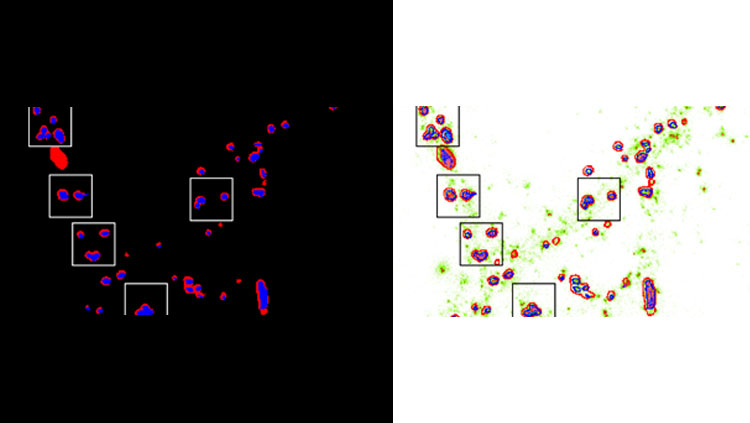
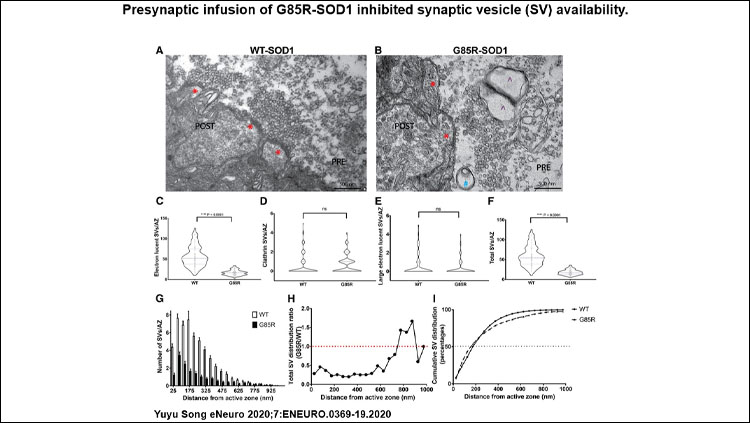
![The journey of cortical interneurons: (A) Cortical interneurons are born in the ganglionic eminence of the basal forebrain, and (B) migrate to reach the dorsal cortex. (C) Their number is determined upon programmed cell death and strongly depends on neuronal activity. (D) Wiring [dendritic and axonal morphogenesis and synapse establishment (1)], myelination (2) and circuit refinement of Martinotti, Basket, Chandelier and all other interneuron types is established within the first month after birth. This cartoon has been designed and drawn by Yannis Maragkos, Denaxa Lab, BSRC Al. Fleming.](https://neuronline.sfn.org/-/media/Project/Neuronline/Article-Images/Scientific-Research/2020/How-Cortical-Interneurons-Develop-Current-and-Future-Research.jpg?h=423&w=750&la=en&hash=2D99E925C59E258BBE5DEAF4564E31347ED1331E)
